One of the most daunting tasks in freshwater fishing is working the edges of Australia’s vast impoundments in search of the golden treasure. The first pondering question that runs through the anglers mind is; where do we start? It can be difficult for even the knowledgeable anglers to choose where they begin their hunt for their target. The fish that inhabit each waterway differ in behaviour which change from dam to dam. This makes them a hard fish to follow.
Once they have been located, getting them in a feeding mood and trying to figure out what they will take, really tests the skills and patience of even the best anglers.
Location
As previously said, figuring out what banks to fish can be the hardest task of all. There have been times when working the banks for hours and hours with no sight of a fish, you begin to question if there are any fish down there at all? Or think I am wasting my time? It can be a bit like that, but you need to have patience and spend enough time at each location to ensure that you have covered it properly.
When you are familiar with a certain waterway, you will know where the fish should be and on what banks they are holding. If you’re new to the location, you have to use what you know from other waterways and trial different structure types until you find the hungry fish.
Timber
By far one of the best fish attractants is timber; big dead standing trees, flooded stacks of sapling trees, big old fallen red gums and piles of rotting snags. Any kind of timber is always a great hiding place for any type of fish in any waterway and yellowbelly in dams are no exception. Many dams have timber of some description; mostly in the form of masses of dead standing timber from flooded gum tree forests. The yellowbelly will school up in big numbers around timber like this, although targeting them with lures can be difficult.
The best technique for fishing in the standing trees is to first locate a school of fish on the sounder. Tie to a tree to hold you in place, drop plastics and soft vibes down into the school, working them with different techniques. To learn more about these techniques and everything else about fishing for Golden Perch in dams – check out the ‘COMPLETE GUIDE Lure Fishing Series’.
Banks lined with fallen timber are prime locations to work, especially if the snags are large and located on a steep rocky bank. Any form of structure will always provide cover for natives to hide and are all worth working in the search for yellowbelly. This form of structure can be worked from either the bank or from boat. Just remember when using either method ensure you keep your distance, cast the lure into the strike zone and work it back to your feet.
Due to the rise in our waterways over the past few years the fresh vegetation has been flooded and perished creating even more habitat for our native species. One structure in particular that has become a hide out for Golden’s is the dead young sapling trees. These trees create an excellent habitat for schooling Golden Perch, as they can hide deep inside the trees away from predators. These groups of trees also provide cover for insects and small fish, which then draw in the larger predators. We have found many hungry Golden Perch hanging around these timber structures in search of a feed, especially the trees that are blanketed in the green slime.
Rocky Banks
Undulating rocky banks are always likely to hold schools of Golden Perch feeding on the insects and food that live amongst the rubble. Not only will it provide food, this structure provides cover from predators and also is a source of warmth. The water surrounding rocky banks will be a few degrees warmer than the water throughout the rest of the dam, especially in the afternoon when the sun has been beating down all day. The rocks will soak up the heat from the sun and then expel this heat into the water.
This structure produces its best results at the beginning of the season when the water temperature begins to rise, as it will be a few extra degrees ahead of the rest of the dam and the yellowbelly will seek these regions. As soon as these locations reach 14-18 degrees the fish will fire.
A handy tip for when fishing the rocky banks in particular is to use a ‘lift and wind’ or ‘hopping’ technique. All you do is lift the lure off the bottom. Let it sink back to the bottom and repeat the process. This resembles a yabby bouncing up and down off the bottom. The reason this technique works so well in these locations is because this is where the yabbies live. That way you are matching what they feed on and if you ‘match the hatch’ in all fishing areas you will always be that extra step ahead. You can learn more about this technique and others in the ‘COMPLETE GUIDE Lure Fishing Series’.
Flooded Grassy Banks
The snow melts in early spring which helps to rise the water levels in the dams. This then floods all the fresh vegetation and the Golden Perch move in to forage. The newly submerged grounds become an insect buffet for these fat greedy pigs and fishing the shallow banks is by far my favourite way of targeting these fish. Working the shallows is exciting fishing as the fish in these areas are in search of food and if your lure falls into their feeding zone, its lunch. On top of the actively feeding fish, it’s the most visually exciting form of fishing as you witness the entire scenario, from cast to chase to the attack in full high definition.
It’s the best fun on calm clear days as the edges of the dams are lit up and you can see Golden’s cruising up and down the banks in search of their tucker.
Light lures are the best option for fishing in 1-3 metres of water: light lipless Crankbaits, shallow diving lures (suspenders are perfect) and soft plastics (especially the Gulp Minnow Grubs) work a treat in these conditions.
Dam Walls
The barrier that holds back the mass of litres that form this large expanse of water is also an excellent piece of structure. The rock and boulder wall creates perfect cover and habitat for Golden Perch as they can hide around all the undulations and caves created by the gaps in the rocks. It’s not uncommon to find big schools of perch along dam walls, especially later in the season. As they begin to breed and they usually hold around steep rocky banks in large numbers. Dam walls are also easy to fish either casting, trolling and even they even make for a simple night time trolling run. Many dams across the country prohibit access to the dam wall, which is the loss of a good fishing spot. Although when you are on a dam that doesn’t restrict your access, it’s worth giving it a fish.
Creek Mouths, Back of Bays and Water Flow
Within dams they are lined with many features that will attract fish. One of which is areas where water flows in from run offs or creeks in the heart of a bay. These locations are created by the surrounding hills forming a protective valley. These bays are protected and provide habitat for fish and are perfect hunting grounds as they are full of insects and baitfish. The water in these bays is usually warmer and therefore they fish particularly well in early to mid-spring as the water is climbing to 20⁰C. The more open water in the dam will be cooler and the Golden Perch will be seeking regions of warmer water. Bays where running water moves down the creek and into the dam are excellent feeding grounds and this is where you want to concentrate your efforts. Especially if the bay has a deep channel where the creek moves in as this adds extra protection for the fish. These locations of water flow are excellent as food is picked up in the flowing water, washing worms and insects into the dam for foraging yella’s to snatch up.
Wind Affected Areas & Dirty Water
When you come across dirty water where the wind has battered the shoreline kicking up the silt, this is where you want to be fishing. Golden Perch love to hide out in dirty water as it gives them a confidence boost as they camouflage and become harder to see. The wind will push the food in against the bank and the wave action of the banks will dislodge food from the mud and weeds.
These kind of locations create a feeding frenzy for the fish and when we have struggled to catch fish these are the locations we seek out. The Golden’s let their guard down and are in a feeding mood. We have experience some excellent perch fishing in high wind situations when fishing rocky points that the wind is blowing into.
Weed Beds
Now weed beds aren’t present in every waterway, but make for some excellent Golden Perch hide outs. Thick weeds create the perfect cover for an ambush location and will also attract food. The best way to approach weed beds is to run your lure along the length of the weed or cast to the edge and retrieve back out. Similar process as if you were to fish any other type of structure. The Golden’s will be sitting and cruising around the weeds and will shoot out after a lure if they think it is lunch. Lake Windamere is the perfect location where weed beds are present.
All of these types of structure will hold fish, although the characteristics of the fish in each dam will vary. Some dams they will hold against a few selected rocky banks, others they might hide at the base of trees or in the back of creek bays. It will just take some searching in the location you are fishing to figure out how they are behaving. Stick to the above locations and you’ll be that next step closer to landing some impoundment gold.
Rhys Creed

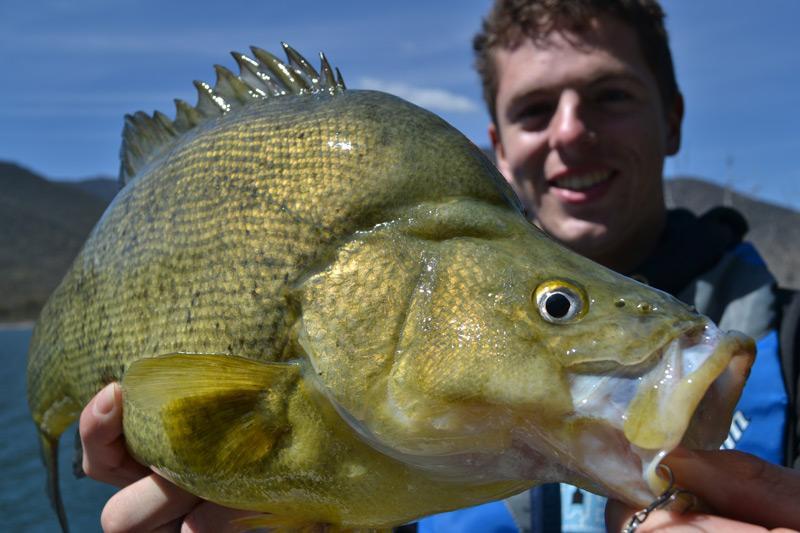
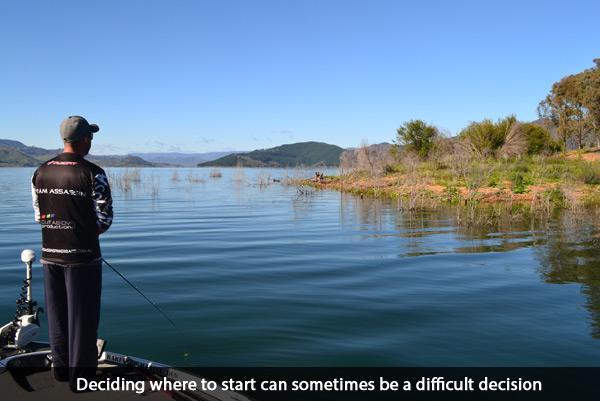
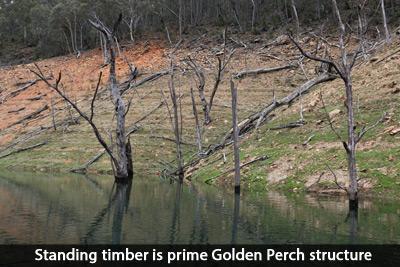
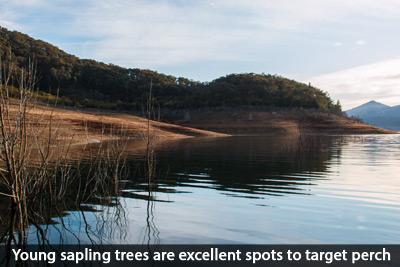
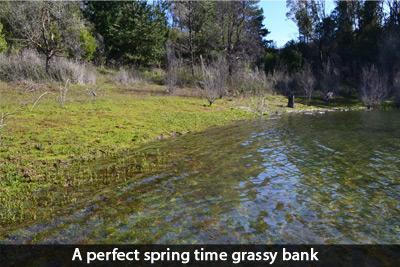
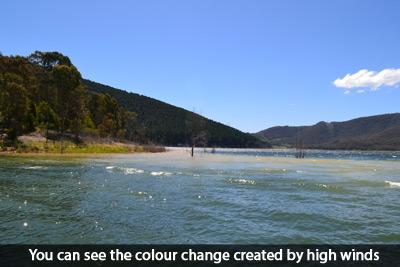
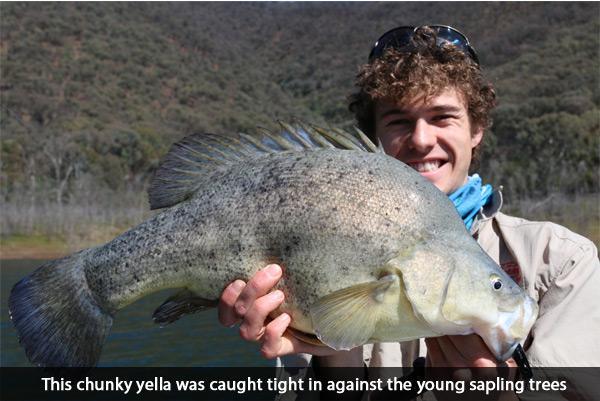
0 comments